What Should I See?
The Met's 2019–20 season features an extraordinary range of popular revivals and dazzling new productions. For help navigating the lineup, check out the following summaries of all 25 stagings featured this year.
Agrippina
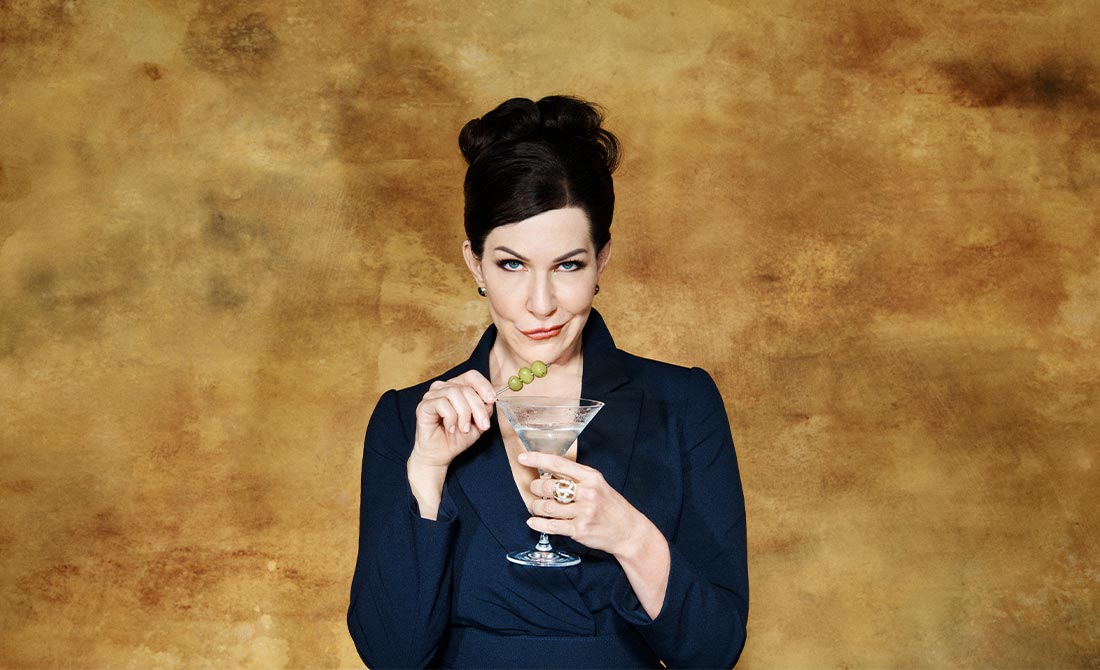
Handel’s first operatic masterpiece is a jewel of the Baroque repertoire. Its satirical treatment of the title character—the plotting mother of Nero, who wishes to help her son grab the throne from the Roman emperor Claudius—is both darkly comic and full of lively music, and features plum roles for a trio of female virtuosos and one heroic countertenor. In his production, Sir David McVicar transports the action to the present, maximizing the work’s contemporary resonance.
Akhnaten
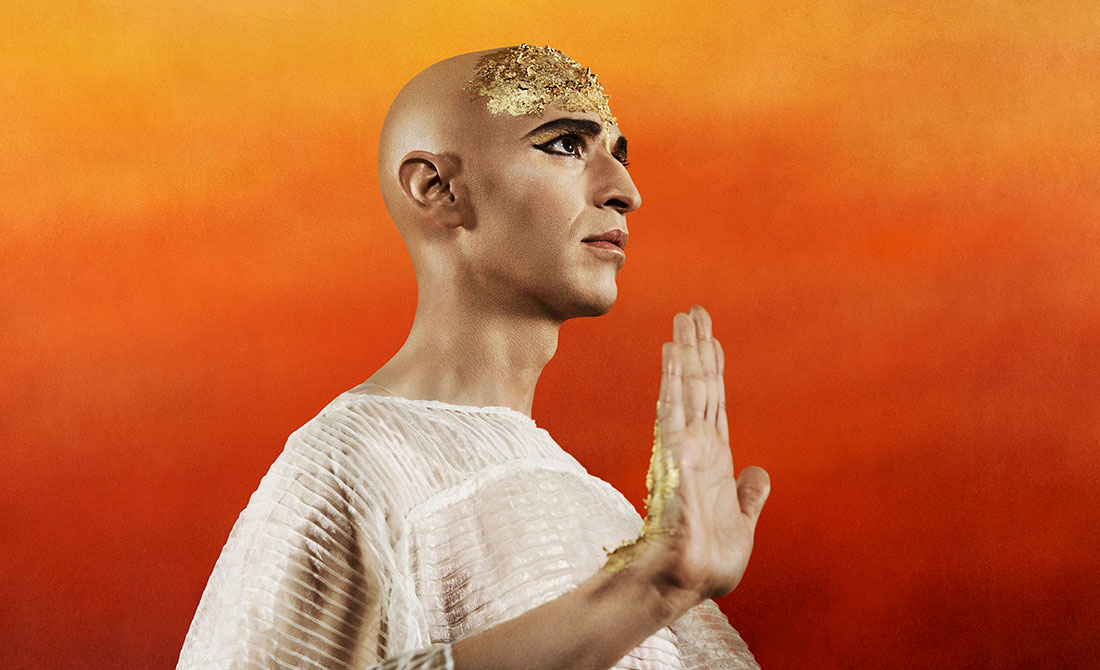
Bringing Philip Glass’s inimitable style to ancient Egypt, this biographical opera charts the mysterious reign of the Egyptian pharaoh Amenhotep IV, whose title “Akhnaten” referred to his abandonment of polytheism for a monotheistic worship of the sun god, Aten. The libretto is set in multiple ancient languages, and the score features one of the composer’s most well-known arias: the lush “Hymn to the Sun,” sung by a countertenor.
La Bohème
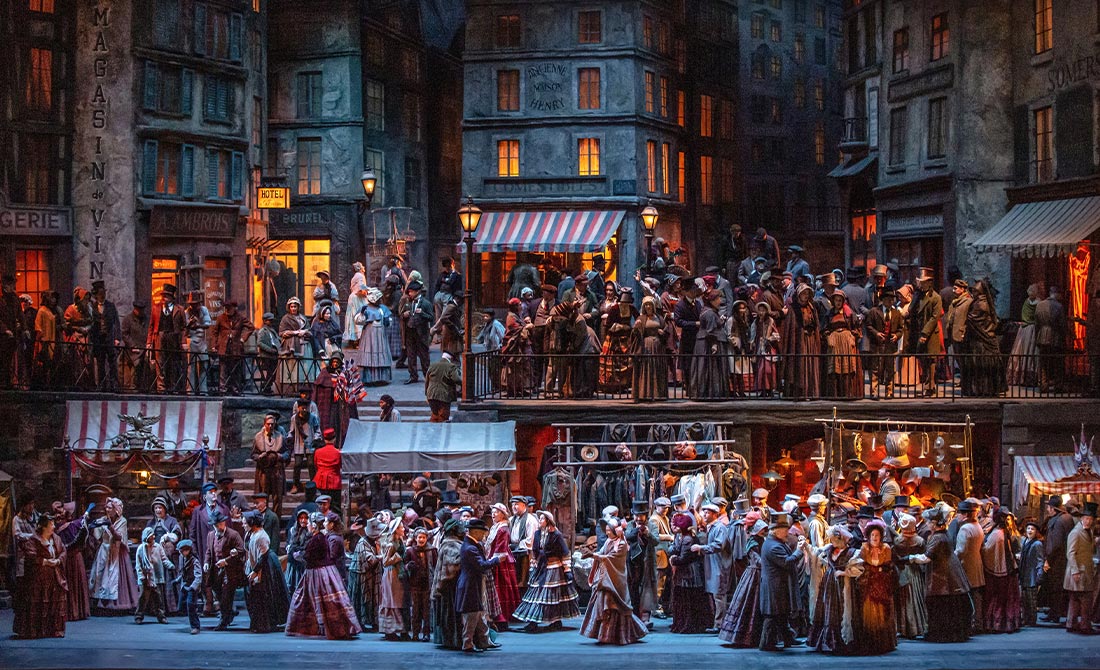
Puccini’s fin-de-siècle masterpiece about struggling artists has given opera lovers plenty to swoon over since it premiered in 1896. The opera teems with big personalities and grand emotions, but it’s the relationships at the heart of its story that are most striking: Somehow, they’re both raw and human, grandiose and tender. Franco Zeffirelli’s astonishing production perfectly captures the work’s Parisian setting and its poignant soul, and has been moving Met audiences to tears for more than a quarter-century.
La Cenerentola
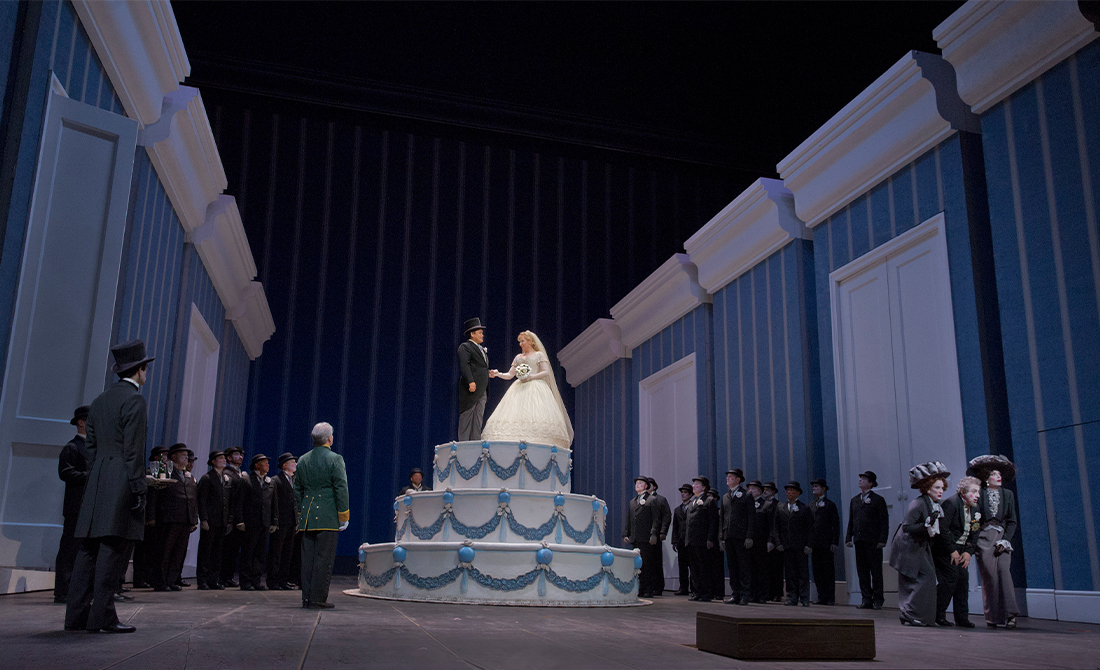
A timeless tale told in a florid bel canto style, Rossini’s take on the Cinderella story offers an ideal propellant for a virtuosic mezzo-soprano to rocket from rags to riches. But in this retelling, the supporting characters soar just as high: Both Cinderella’s stepfather and the Prince’s valet are given memorable arias, and the composer rounds out his score with ingenious flourishes for an ensemble. A vivacious masterpiece, La Cenerentola brings stock fairy tale characters to effervescent life.
Così fan tutte

The exuberant last of Mozart’s legendary collaborations with librettist Lorenzo Da Ponte, this saucy comedy of manners tracks an ill-conceived bet made on women’s fidelity. (Everyone involved proves happily fickle in the end.) The master composer lines his score with delicious confections—stunning arias, frothy orchestrations—and the Met meets these demands with a fun and zany staging that relocates the philandering to 1950s Coney Island.
La Damnation de Faust

Berlioz’s genre-bending “dramatic legend”—half opera, half cantata for soloists and seven-part chorus—remains a work as hallucinatory as it is brilliant. While the demanding work is rarely staged, the Met’s concert format is faithful to the composer’s original intent: to bring choral majesty to the tale of the old philosopher who sells his soul in exchange for romantic fulfillment. The score, which baffled Parisian audiences when it premiered in 1846, is no longer so shocking, yet has retained all of its delirious appeal.
Der Fliegende Holländer
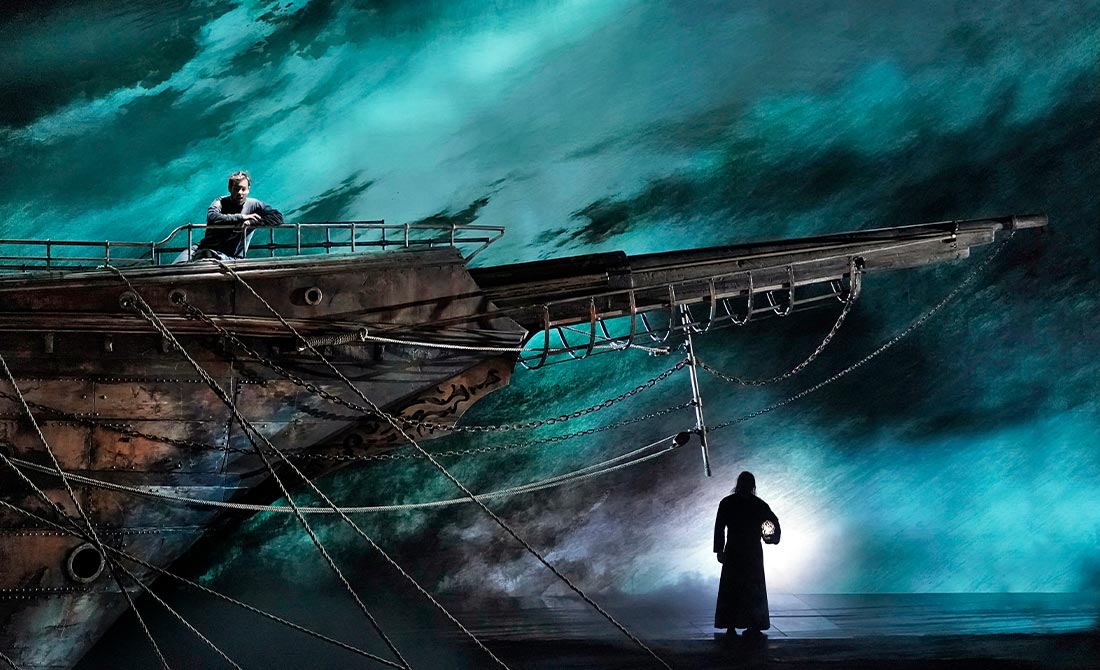
Wagner composed his first big hit in his mid-20s, on the brink of poverty. All the elements of plot—a restless ghost captain cursed to roam the sea forever, the pure and devoted woman whose love redeems him—are the stuff of pure German Romanticism, inspired by the fables and prose legends that were in vogue in the mid-19th century. Yet with The Flying Dutchman, the young composer established himself as an innovator, introducing the system of recurrent musical motives that would come to define his style in later works such as the Ring cycle. François Girard’s picturesque new production for the Met floods the stage with rich, painterly tableaus, plumbing the murky depths of Wagner’s first masterwork.
Káťa Kabanová
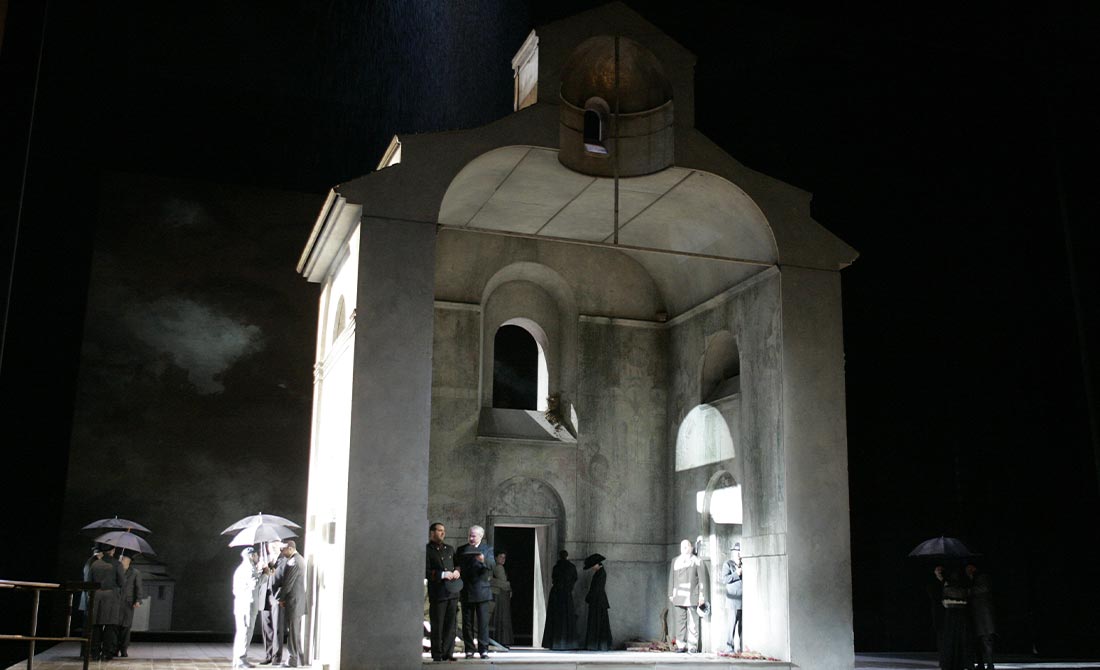
A pointed love letter to the composer’s real-life muse, Janáček’s three-act domestic drama centers on a woman caught between the loveless marriage she’s been dealt and the lover she pines for. The music, spiky and cinematic, is typical of the composer, though the subject matter sees him moving into considerably more adult terrain: The title character must balance the prim, proscriptive values of her community with her own personal desires, all while protecting the dignity of those around her. The Met’s searing production perfectly captures these tensions, and an expert cast gives them life.
Macbeth
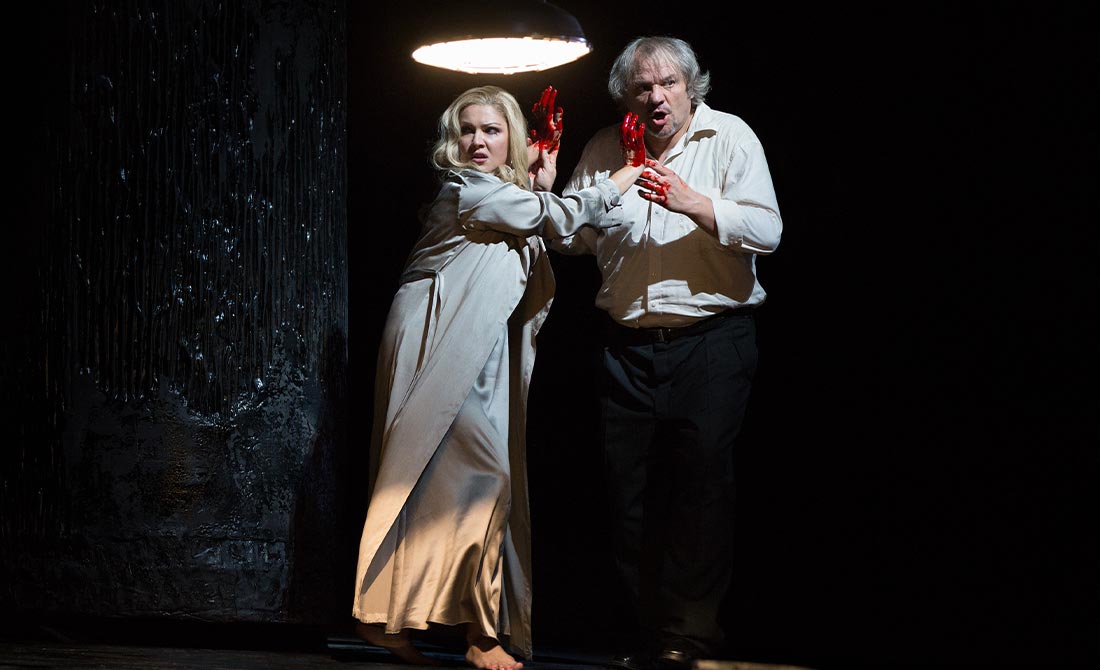
The plot may be focused on the Scottish king, but Verdi’s high-flying take on the Shakespeare play boasts three big arias for Lady Macbeth and has become a signature showpiece for divas. Sure to thrill fans of powerhouse singing, the score also imbues the tale of intrigue and power struggle with ample dramatic activity, as well as enough forward momentum to keep audiences in suspense for all four acts.
Madama Butterfly
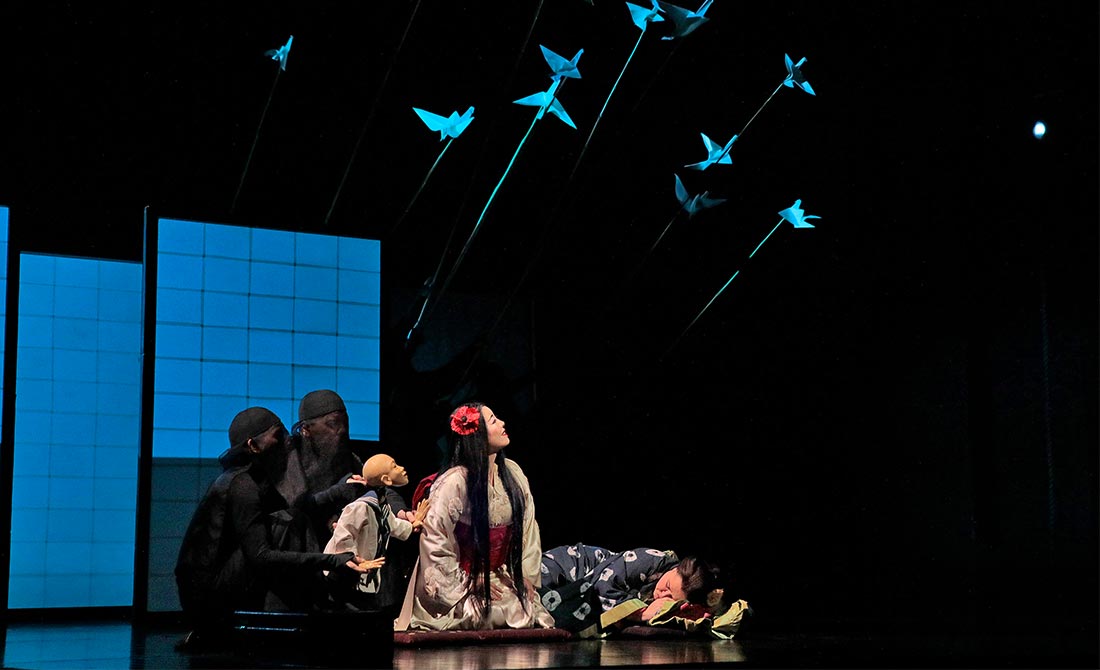
Anthony Minghella’s modern-classic production provides an evocative setting for this tragedy about a noble but naive geisha awaiting the return of her American Navy lieutenant. Key to the staging are symbolic visuals that tap into traditional Japanese culture while honoring the searching, timeless beauty of Puccini’s mid-career masterpiece.
The Magic Flute
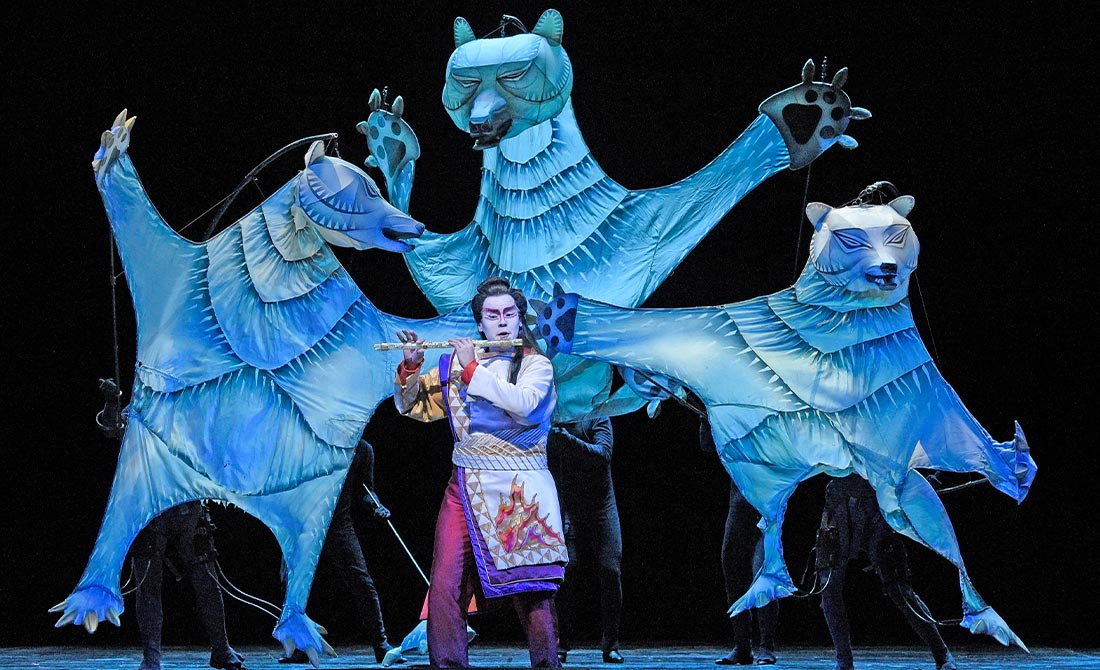
Now a kid-friendly holiday tradition, Julie Taymor’s puppet-filled staging stints on none of the grown-up intrigue pulsating through Mozart’s classic fairy tale. At the crux of the opera are two heroes embarking on similar quests for personal fulfillment, though the supernatural characters they meet offer a range of wild episodes along the way, affording some of the composer’s most dazzling vocal pyrotechnics. Presented in an abridged English-language version, this Magic Flute promises pure enchantment.
Manon
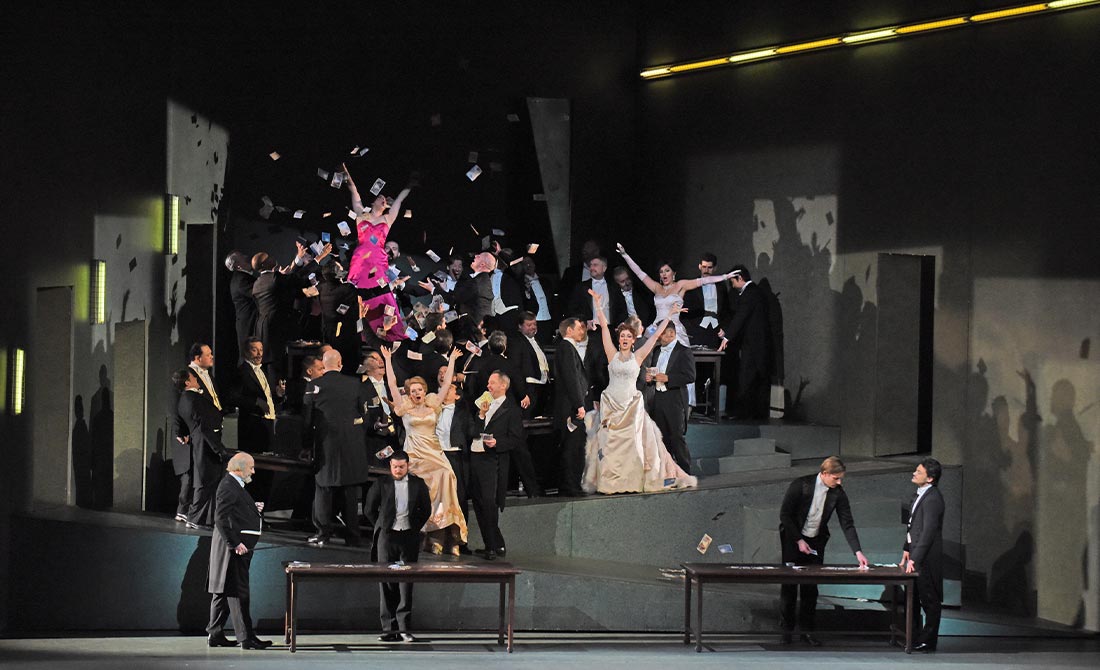
Massenet’s take on Abbé Prévost’s popular novel about a girl whose taste for the high life brings her to her knees offers several of the composer’s most ravishing melodies, as well as one of opera’s most scorching romances. The work doesn’t shy from the dark and dramatic side of the tragedy, either, which gives its principal players ample chance to show off their acting chops. And the Met’s grand production offers audiences abundant fin-de-siècle French glamour.
Manon Lescaut

Puccini’s third opera made him a star in Europe, thrilled George Bernard Shaw, and met the challenge of Massenet’s earlier operatic treatment of the same Abbé Prévost novel. Comparing Massenet’s and Puccini’s versions, one might say they exemplify stereotypical national characteristics: where Massenet’s Manon oozes Gallic sensuality and restraint, Puccini’s Manon Lescaut serves up a steamy, Italianate romp in the garden of earthly delights. Both adaptations are riveting, each an unqualified classic.
Maria Stuarda
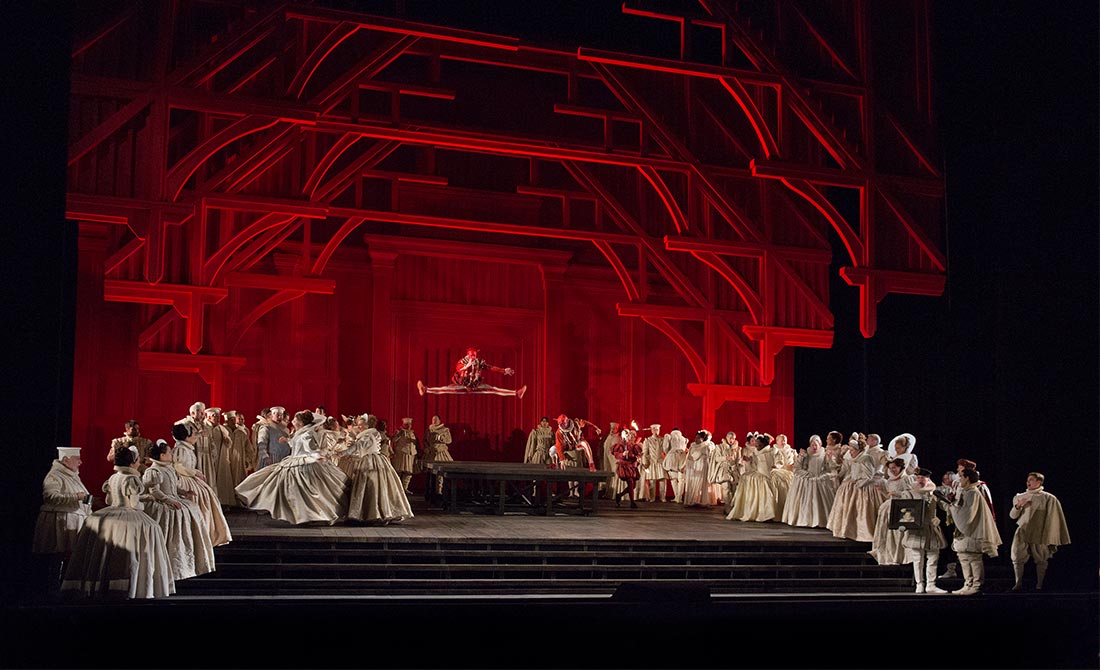
A prime example of the lyrical and virtuosic bel canto style of singing, this historical tragedy tells of two queens—Mary, Queen of Scots, and her jealous cousin, Queen Elizabeth I—who are both vying for the English crown. The end of the opera’s first act becomes a battleground for dueling divas, with each prodding the other to bravura vocal heights. A must-see for lovers of the female voice, Donizetti’s dazzling masterpiece is also a treat for history buffs, with its nods to the real-life events that defined the Tudor era.
Le Nozze di Figaro
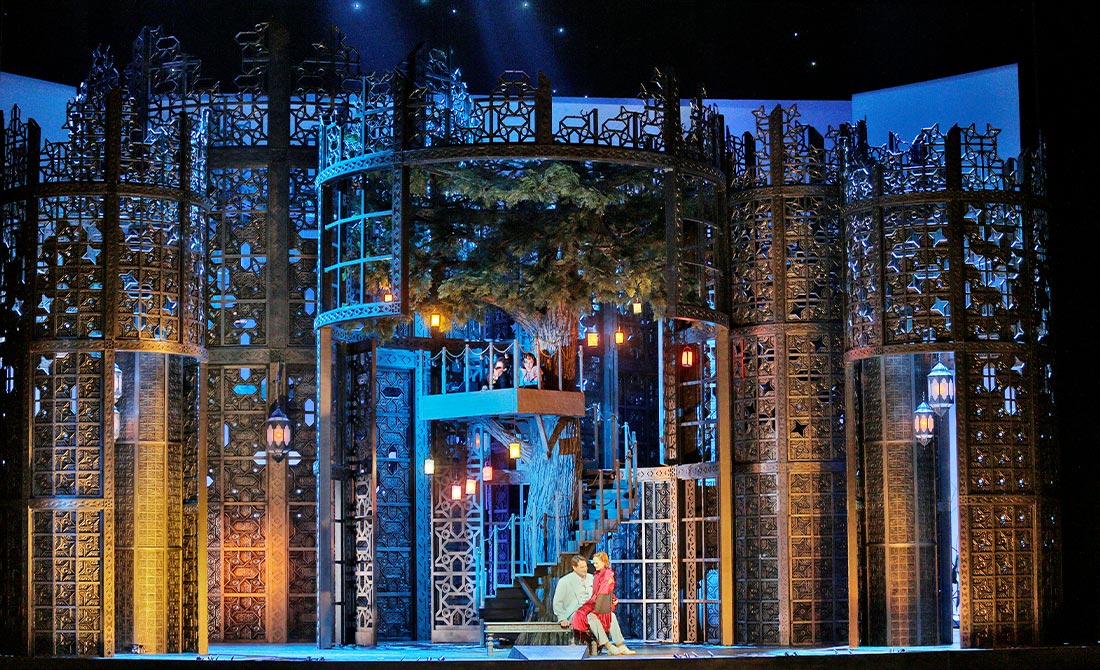
This mighty opera, based on a scandalous Beaumarchais play banned in Mozart’s own time, is a hit parade of witty and iconic arias that imbue a riotous comedy of class and sexual politics with profound social meaning. The plot revolves around three couples: a self-absorbed count and stately countess; his valet and her cheeky maid; and a housekeeper and a doctor from Seville. All of them are abuzz over who is bedding whom, set against the backdrop of Mozart’s breathtaking music. An essential operatic experience.
Orfeo ed Euridice
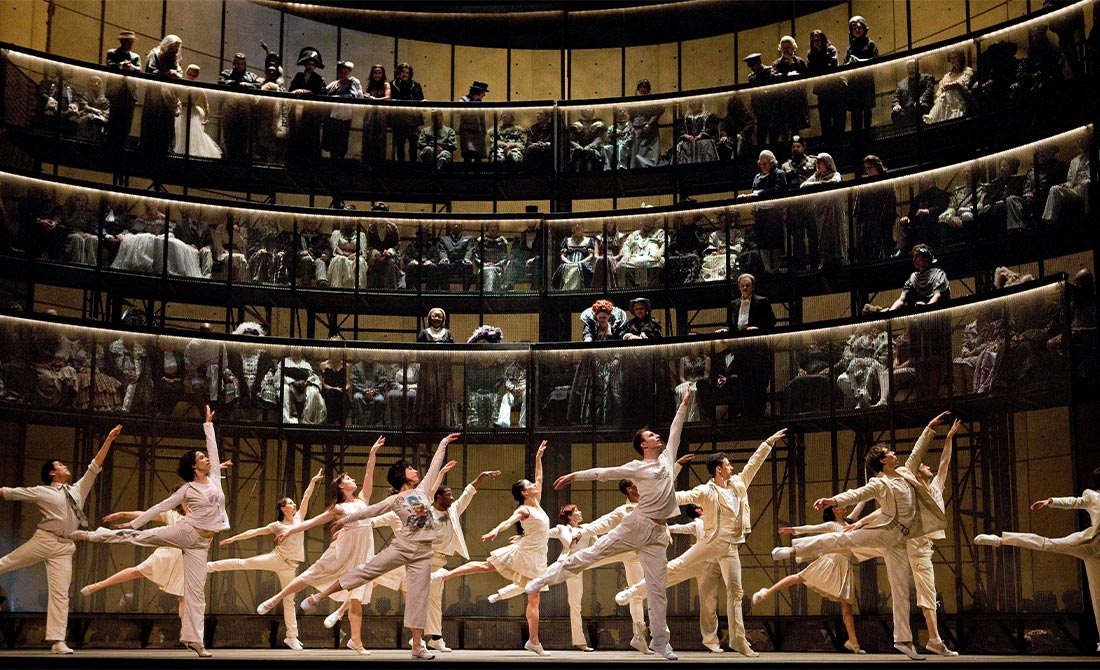
Gluck’s 18th-century rendition of the ancient Greek myth about a musician who cheats death to be with his wife features a wealth of sumptuous harmonies and lyrical vocalism. At the Met, legendary choreographer Mark Morris has given this pinnacle of the Baroque canon a vibrant, graceful retelling, complete with aerial acrobatics and a liberal helping of visual spectacle.
The Gershwins’ Porgy and Bess
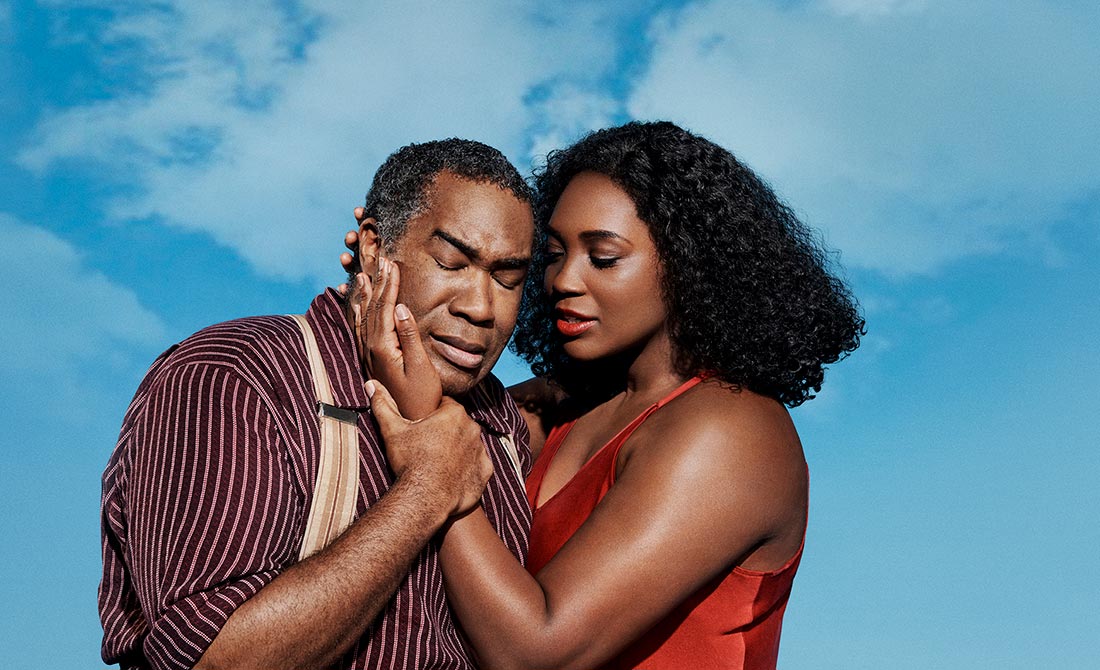
George Gershwin’s sole opera features music so winning and epochal—the folksy aria “Summertime” has been recorded an estimated 25,000 times, with versions by Billie Holiday, Sam Cooke, and Ricky Nelson landing on the US pop charts—that it’s easy to overlook how daring a piece of theater it is. The poignant story of a disabled street beggar in the Charleston slums and his efforts to rescue a woman from her drug dealer first brought an all-black cast to Carnegie Hall in 1935, and has been overwhelming audiences ever since, in numerous Broadway and operatic revivals. Today, the work is as spellbinding as ever, with themes that feel no less relevant than they did at its premiere.
The Queen of Spades
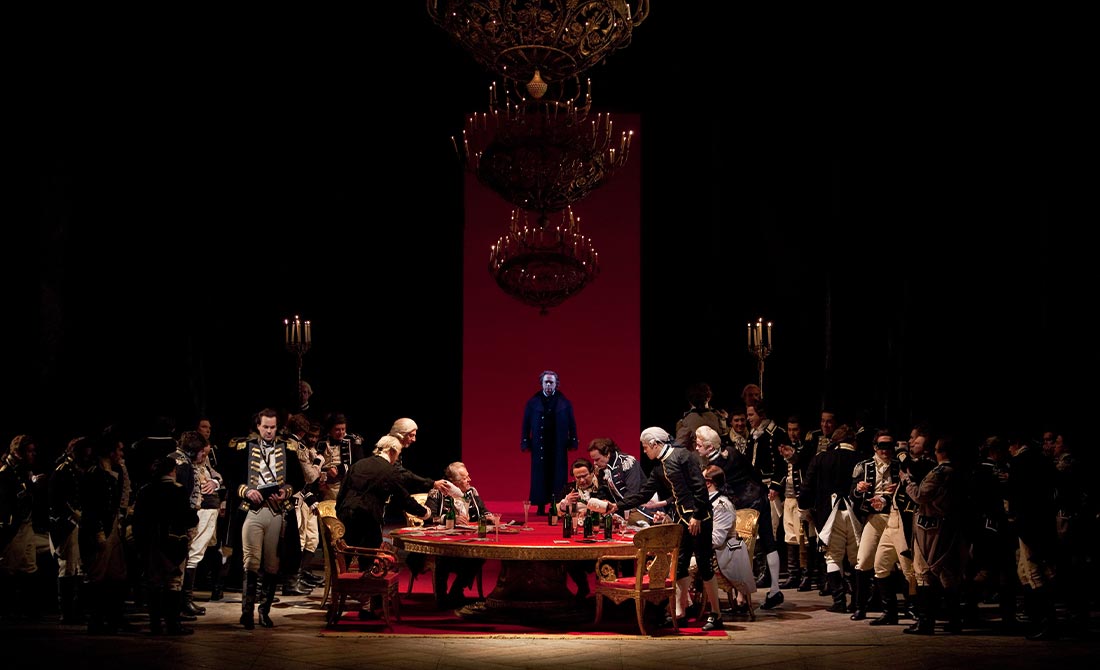
Predictably, Pushkin’s brooding tale of a soldier’s gambling addiction and obsession with two women doesn’t end well for any of the main characters. The short story’s darkness and dense psychological drama inspired Tchaikovsky to compose some of his most gripping music for the stage, however, with duets and solos that are as bone-chilling as they are beautiful. A treat for lovers of Tsarist Russia, cads, and cards.
Der Rosenkavalier
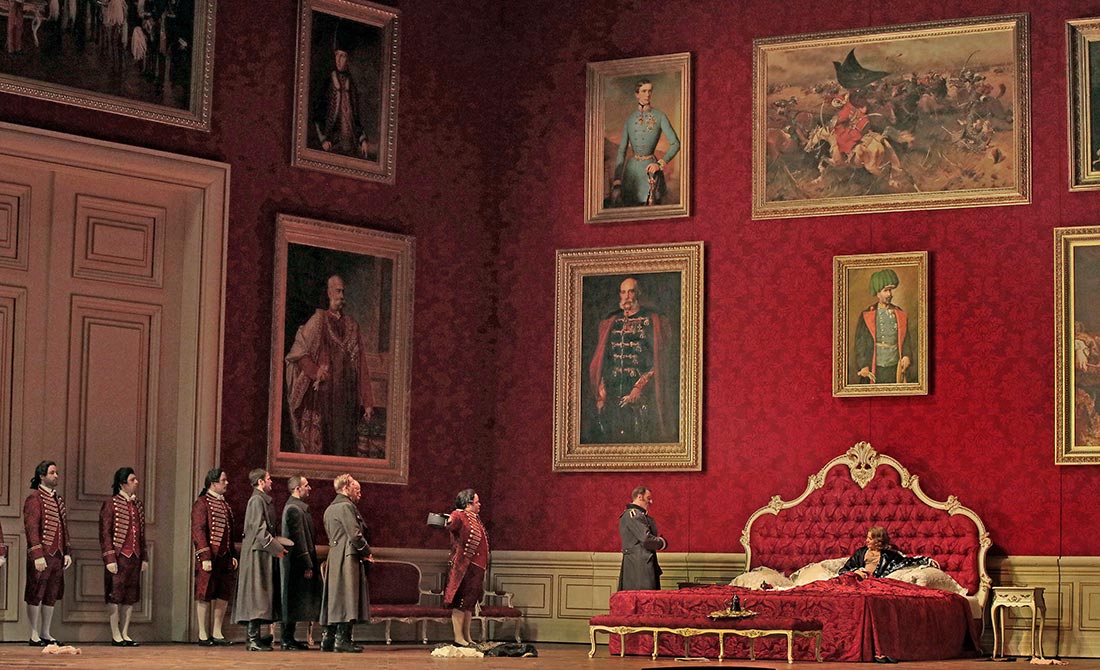
After a pair of stark, psychoanalytic portraits of ancient Greek and Biblical heroines, Strauss composed his first modern drawing-room comedy to great popular acclaim. The work, which follows the sexual indiscretions and romantic entanglements of several aristocratic characters, explores themes such as aging and self-sacrifice, and draws on a rich orchestral palette that would come to define the composer’s mature work. Robert Carsen’s celebrated production for the Met moves the setting from 18th-century Vienna to the glamorous but ill-fated final years of the Habsburg Empire.
Simon Boccanegra

Verdi’s political drama of family, nobility, and conflicted allegiances in 14th-century Genoa features a libretto by two of Verdi’s greatest collaborators and draws its inspiration from historical events, offering rich and layered psychological portraits of its main characters throughout. The result is captivating opera, with some of Verdi’s most ravishing arias and riveting scenes.
Tosca
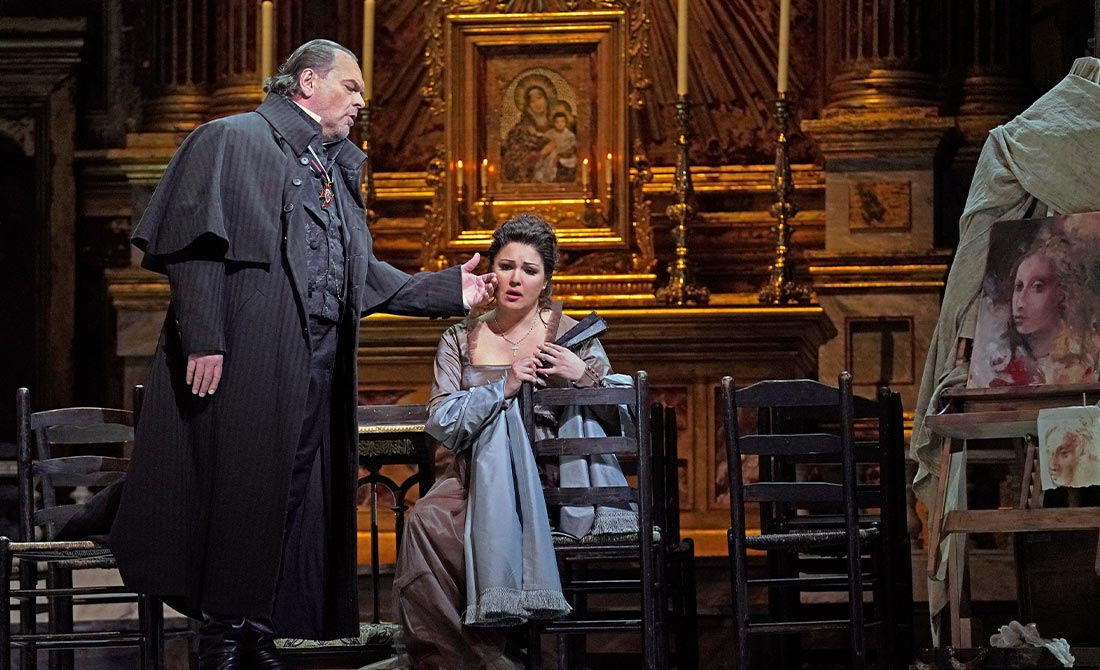
Puccini’s ultimate operatic thriller revolves around a cast of unlikely characters, including a pious diva, a painter who is also a political insurgent, and a sadistic police chief. Yet somehow the scenario not only works, but offers some of Puccini’s most vivid and realistic dramatic writing. At the Met, the world-class spectacle of Sir David McVicar’s extravagant production combines with Puccini’s music to take the breath away.
La Traviata
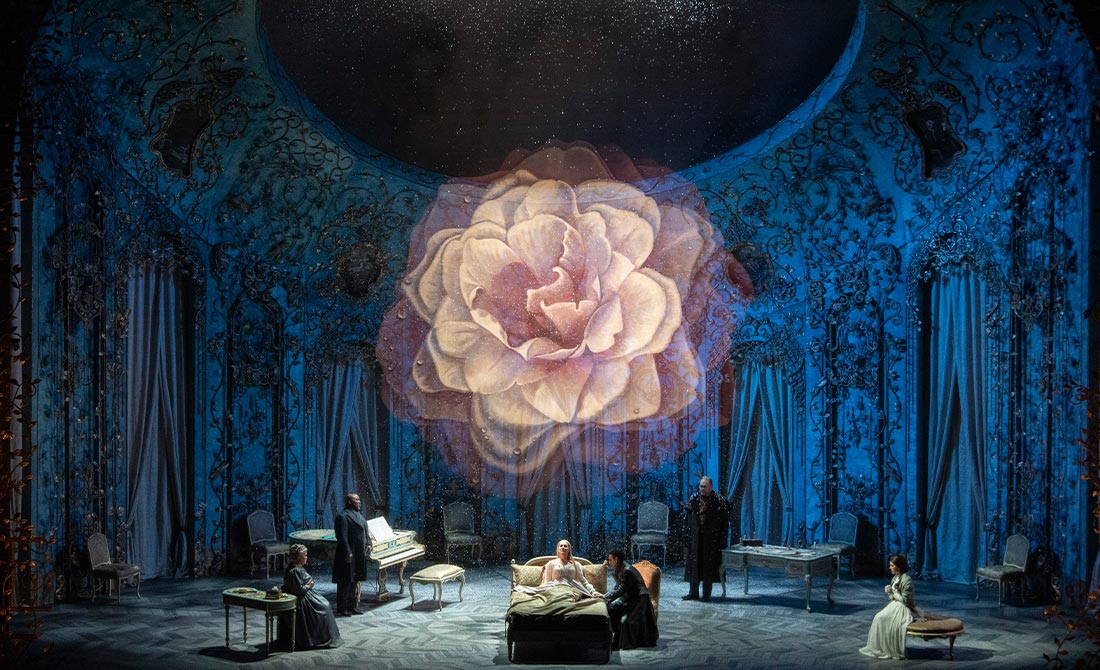
The demanding title role in Verdi’s tragedy about an emancipated courtesan who dies slowly of consumption requires a star soprano capable of reaching stratospheric heights both vocally and dramatically. Like its heroine, the opera runs the emotional gamut, moving deftly from jaunty drinking songs to some of the composer’s most inspired and devastating music in the final acts. The Met’s production, by director Michael Mayer, gives the story a lavish staging with extravagant costumes and jewel-box sets.
Turandot
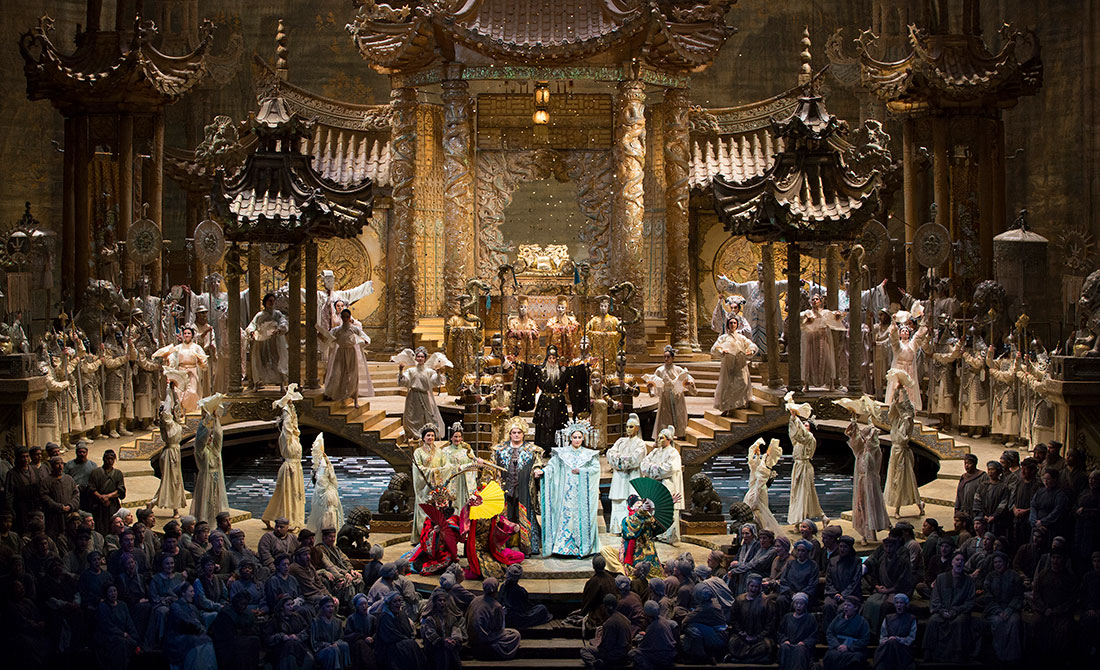
Part ode to the exotic harmonies of East Asia, part theatrical occasion for pageantry and pomp, Puccini’s unfinished final work is a delight for those who like their opera over-the-top and sensational. The mythical tale of an ice princess whose habit of beheading her suitors is interrupted by a nameless prince contains some of the repertory’s most resplendent and familiar arias. Franco Zeffirelli’s iconic and glamorous Met staging, a classic since its premiere in 1987, is the epitome of grand opera.
Werther
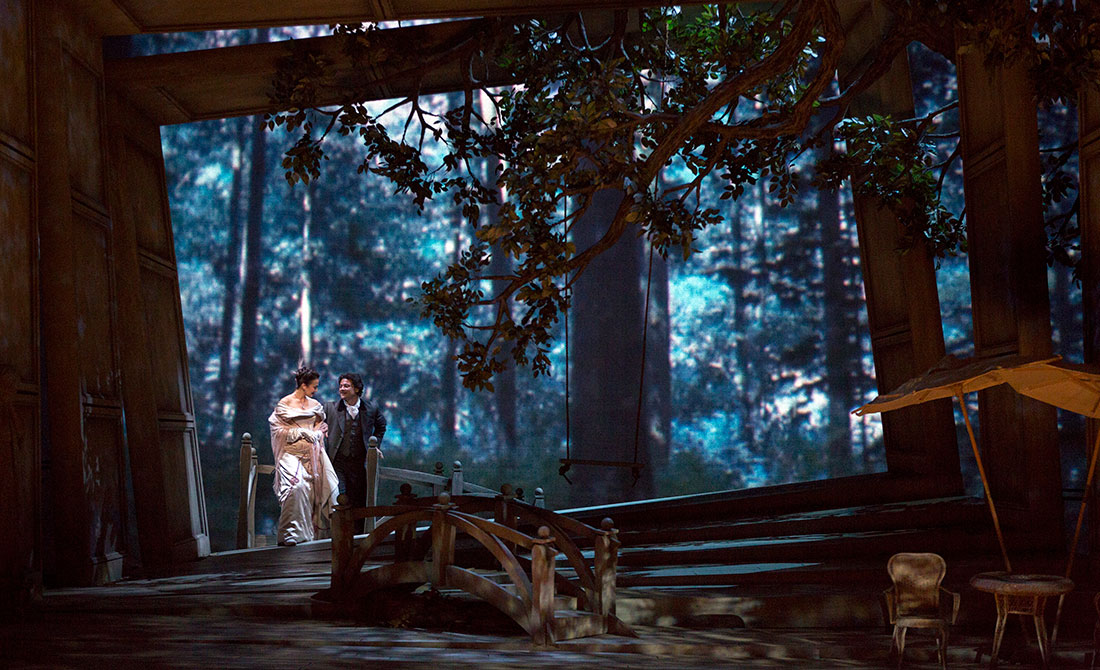
Massenet treats Goethe’s novel about a lovesick poet’s unhappy infatuation with a married woman to winning melodies and voluptuous orchestrations, resulting in one of the most sensuous and charged renditions of the classic Werther fable. With French arias that perfectly sum up the experience of young yearning, this masterpiece is the very essence of a love story told through music.
Wozzeck

Berg’s first opera is a modernist, tabloid drama that tells of a hapless soldier who, victimized by his superiors, murders his common-law wife in a fit of jealousy and dies trying to cover up his crime. The music is equally savage and stark, but the work is so evocative, nuanced, and politically canny that it has never lacked for devotees since its 1925 premiere. Today, it is ranked among the 20th century’s finest operas. South African artist William Kentridge’s expressionist production sets the tale in an apocalyptic pre-World War I environment and layers it with surreal visuals, to brilliant and brutal effect.